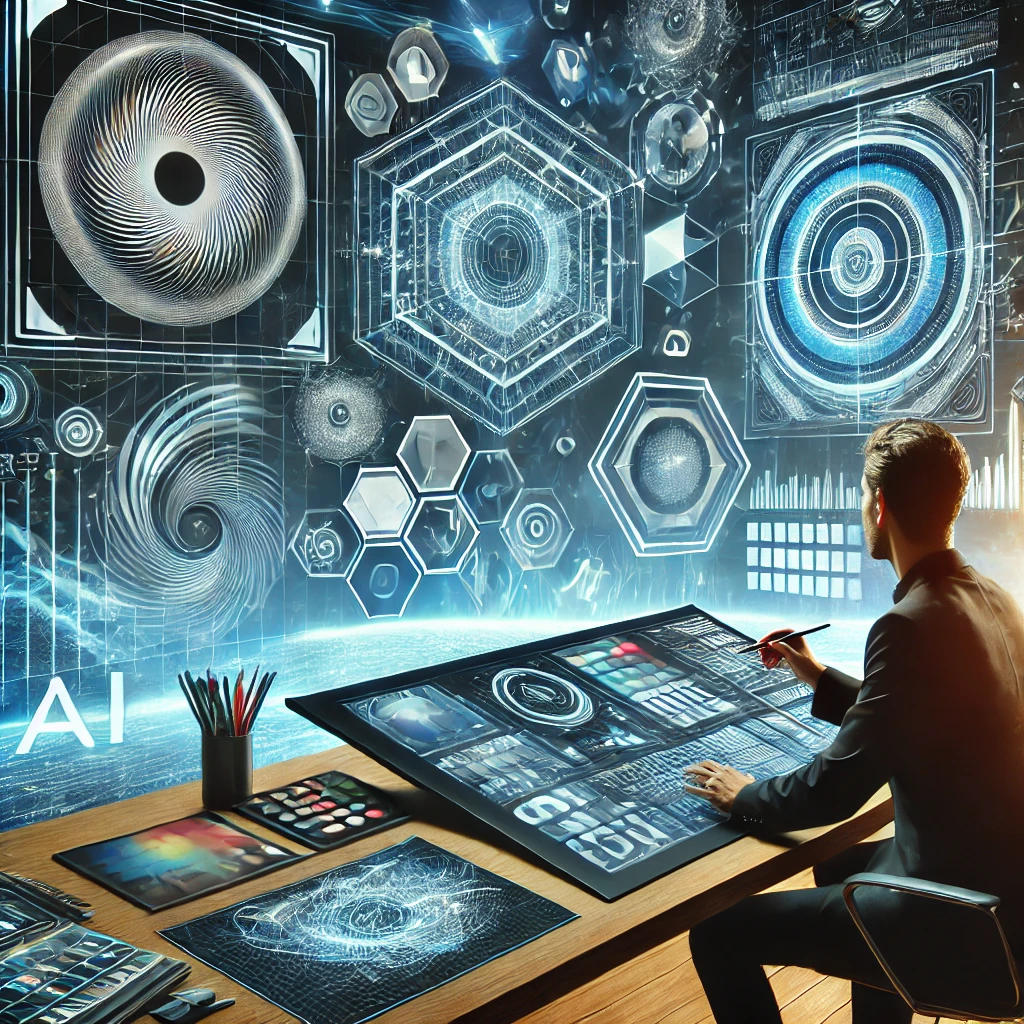When was the last time you read a book outside of university? Nowadays it’s not easy to take a moment to read with all the distractions around us. And when you are trying to get back to it, where do you even begin? How can you choose something that might engage you enough to convince you to get through the book? We have all been there, spending hours in the bookstore trying to read blurbs and blindly choosing something that often ends up covered in dust inside our drawer. What if we told you we have a solution to encourage people to read again?
With Bookbuster, all you need to do is download our app, scan a book you think you may be interested in, and our AI-powered text-to-video technology will show a trailer of the book for you to decide whether you want to read it, increasing your chances to dive into the book and finish it. In a world where we are constantly on our phones and looking to engage with content through social media and other platforms, this innovation will provide you with a real multisensory experience to improve your decision-making and increase your enthusiasm for reading.
Bookbuster is not only beneficial for readers. It will revolutionize the way books are promoted, allowing authors to create a memorable experience for readers without having to face high production costs to create promotion content. A lot of costs can be saved, and new authors who don’t have the resources to hire a video editing team also get the opportunity to promote their book to a bigger audience. By adding an algorithmic-based recommendation system, Bookbuster can introduce other books and authors to the reader to expand their horizons.
With this solution, value is generated for both parties, creating a virtuous circle of advantages. This positive feedback loop is activated by leveraging network effects. The participation of one side of the network is what creates value for the other side, and vice versa. To start this circle of reciprocal benefit, readers should join Bookbuster first. When more readers join, the app becomes more attractive to authors and publishing houses looking to promote their books, increasing the amount of available books in the app. Therefore, pricing strategies will be aimed at attracting readers first, by employing discounts or free trials, with adjustments over time to also incentivize authors to not delay their participation. With a two-sided network connecting readers, authors, and publishers, Bookbuster is aiming to become a platform for literary discovery.
But how can Bookbuster realise this? Its business model creates two revenue streams, from both sides of the platform. For readers, Bookbuster could offer a subscription model or pay-per-use options for accessing specific trailers. A license fee could be asked for the other side to convert their books into trailers.
With Generative AI at its core, Bookbuster will be a game-changer in the book marketing industry, providing an affordable and accessible platform for all stakeholders in the world of literacy.



